The 31st
LaureatePainting
William Kentridge
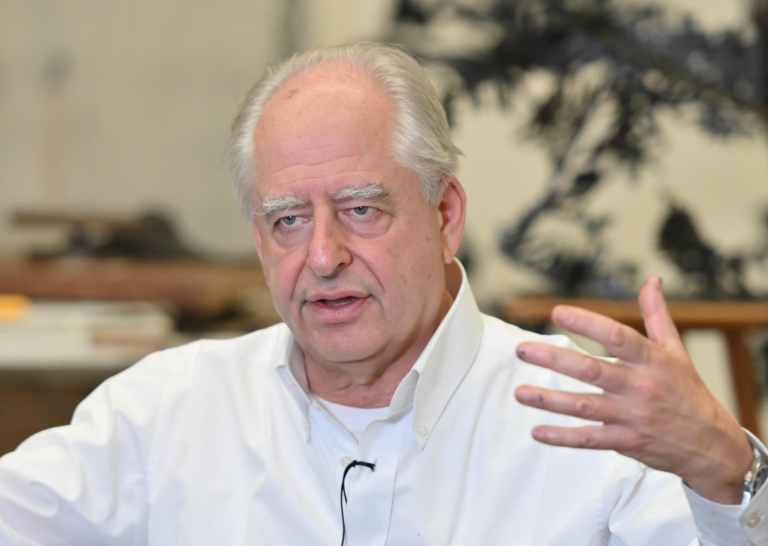
William Kentridge is an extraordinary visual artist who uses drawing,film,performance,music and sculpture to probe the ideas and conventions of our world; seeking its hidden truths and dismantling its false certainties. His art has its roots in the social injustice of apartheid South Africa,where his family were leading lawyers and activists. He studied painting,acting and filmmaking,before deciding that ‘monochromatic drawing’ was his starting point. By the 1990s,his unique style of animated films won him recognition and the influence of German Expressionism and Dada echo through his work from films like Felix in Exile,to his immersive pieces like Refusal of Time. Themes of change,memory and time recur. Procession and silhouettes also play a key role. His studio is where his own vision takes flight - either on his own or in collaboration with others. It’s also where the music adds a vital element to the piece. He has also directed operas,including Alban Berg’s Wozzeck,which led to a wider exploration of the First World War in Africa,with its focus on the paradox of colonialism. Inventive and humorous,this Johannesburg-based artist is in demand all over the world. His diverse output resonates widely,and after 40 years,his search for a truer world still drives him.
Biography
William Kentridge is an extraordinary visual artist who uses drawing,film,performance,music and sculpture to probe the ideas and conventions of our world; seeking its hidden truths and dismantling its false certainties.
He was born to a Jewish immigrant family in South Africa. His parents were lawyers who were actively involved with anti-apartheid activists and activities during the apartheid period. It was in that environment that he was raised and although he would proceed down a path different from his parents and grandparents,who had also been lawyers,it ensured that he was,as he says,“able to understand the world in a manner different from that under arguments based on the law,and could build a moral relationship with society.”
After obtaining his degree in political science at a university in Johannesburg,he studied theater in Paris,and for a while sought to become an actor but finally returned to South Africa in his late 30s,starting his artistic career with his ‘moving drawings’. These ‘moving drawings’ allow for partial additions and erasures to be made to a series of charcoal drawings that are then filmed one frame at a time and linked together to form a video. While this style of animation is simple in contrast to more modern,technically-sophisticated styles,it captures the profundity of time and has an expressiveness filled with hidden meanings.
Among the works in Kentridge’s Nine Drawings for Projection series (1989-ongoing),that garnered him worldwide acclaim,it is Felix in Exile that can be seen to be of greatest note. With influence of German Expressionism and Dada echoing through the work created in 1994,the year in which South Africa had its first democratic elections,it contains a striking scene of dead bodies disappearing from the landscape.
“While I knew that the elections would be followed by celebration,I couldn’t help but think about how the memory of the people who died before that and their sacrifice would vanish. In the same way,scenery proceeds to cover up what occurred in the past. In that sense,I felt that scenery and memory are much alike.”
Felix in Exile brings the pain of a dark history that melted into the scenery and was no longer visible back to the surface,yet also reminds us that the sight and memory of man is impermanent and uncertain.
Themes of change,memory,and time recur,and his ideas migrate from one type of work to another. Increasingly,Kentridge is creating complex,multi-discipline art that involves a multi-layered fusion of sound,music,dance and film; procession and silhouettes play a key role. His epic piece,The Head and the Load (2018),examining the role of African soldiers in the First World War,has been universally acclaimed. Lying beneath these works is an opposition to dictatorships and colonialism and an intellectual pursuit of the pathology behind them.
Inventive and humorous,this Johannesburg-based artist is in demand all over the world. His diverse output resonates widely,and after 40 years,his search for a truer world still drives him.
Kentridge has been recognized with Japan’s Kyoto Prize in 2010,France’s Commandeur de L'Ordre des Arts et des Lettres in 2013 and Spain’s Princess of Asturias Award in 2017.
Chronology
Education
Awards
Works
Creates first ‘Drawing Lesson’ films: on-going series of films shot in the studio and using Kentridge as live actor
Tide Table – 35mm animated film transferred to video
William Kentridge: More Sweetly Play the Dance, Marian Goodman Gallery, New York
-
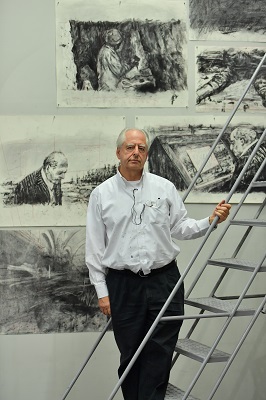
At his studio in Johannesburg
-
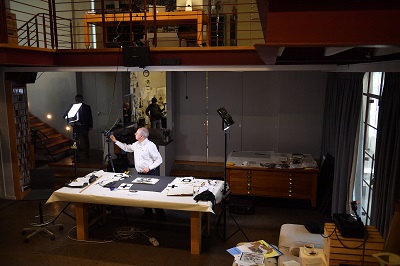
At his studio in Johannesburg
-
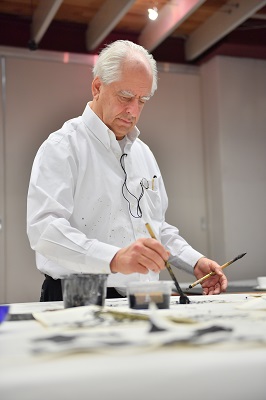
At his studio in Johannesburg
-
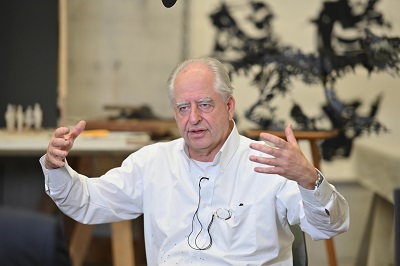
At his studio in Johannesburg
-
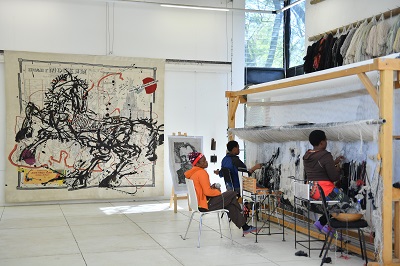
At a workshop weaving Kentridge’s designs into tapestry
-
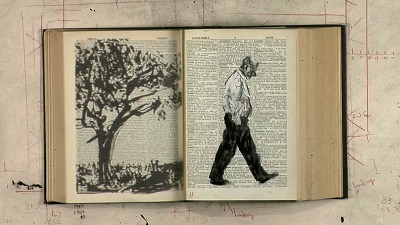
Film still from Second-hand Reading

